Women Artists in the Contemporary Art Scene
Continue readingBlack Mentors Make Waves
A New Generation of Artist Residencies Emerges
Continue readingArtists to Watch in 2023
As we ring in the New Year, we are taking note of several artists that stood out in 2022, many of whom garnered auction results which far exceeded their estimates.
Continue readingIn Memoriam
The new year is just hours away and before we ring it in, we wanted to reflect on the great visual artists that we lost this year. They represented icons of the international art scene, and their contributions were immeasurable.
Continue readingLucian Freud Centennial
Today marks the centennial birthday of the preeminent modernist Lucian Freud (1922-2011) and we’re celebrating by spotlighting select pieces from the artist’s illustrious practice.
Continue readingAlex Katz: Gathering
Alex Katz: Gathering opens today at the Guggenheim Museum in New York City which will run from October 21, 2022- February 20, 2023.
Continue readingWorld Heart Day
Today is World Heart Day! Created by the World Heart Federation, this day is to inform that Cardiovascular disease is the world’s leading cause of death, claiming 18.6 million lives each year, and to educate that by controlling risk factors such as tobacco use, unhealthy diet, and physical inactivity, at least 80% of premature deaths from heart disease and stroke could be avoided.
Continue readingUnconventional Materials
What’s That Made Of?!
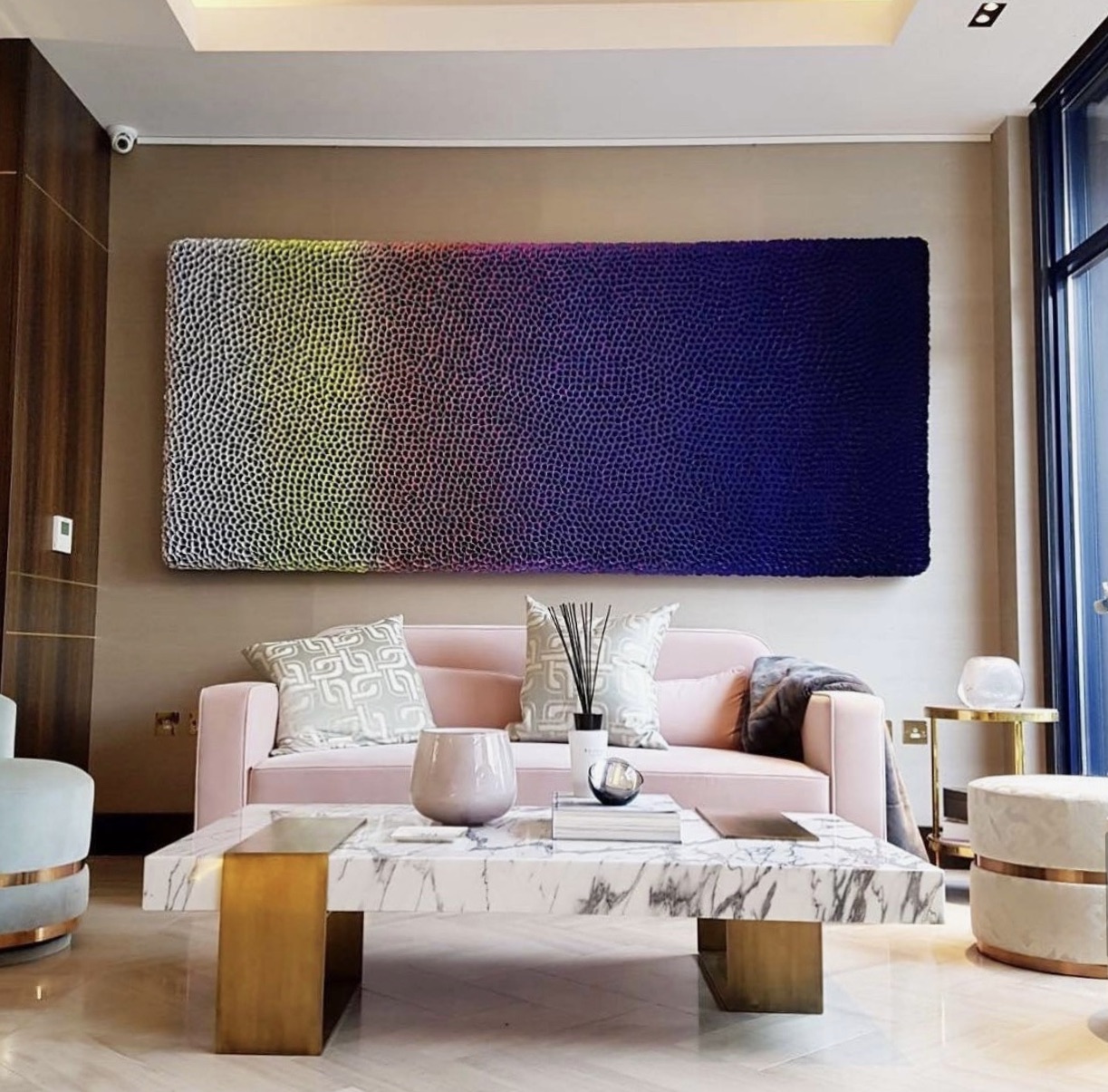
Zhuang Hong Yi, Fine rice paper with acrylic on canvas
Contemporary artists are constantly pushing limits, particularly in the often unconventional ways they employ their creative mediums and materials. Traditional mediums such as graphite, oil, and acrylic paints are still commonly used, however, artists all over the world have found new and innovative ways to express themselves through art in different forms.
There exists an endless array of out-of-the-box materials in the artworld, including neon lights, rice paper, steel-pins, compact discs, thread, smoke, felt, beads, glass, cans and even garbage.
Check out some of our favourite pieces made using unconventional materials below. If you are interested in any of these artists, please don’t hesitate to get in touch.
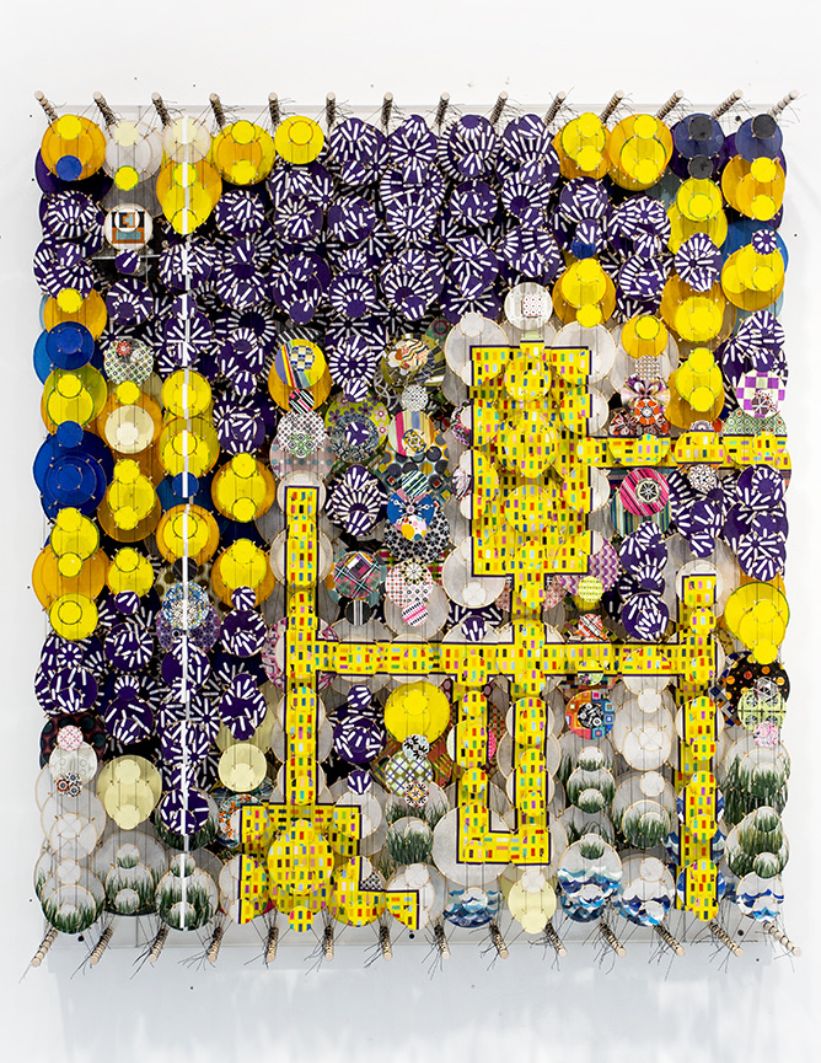
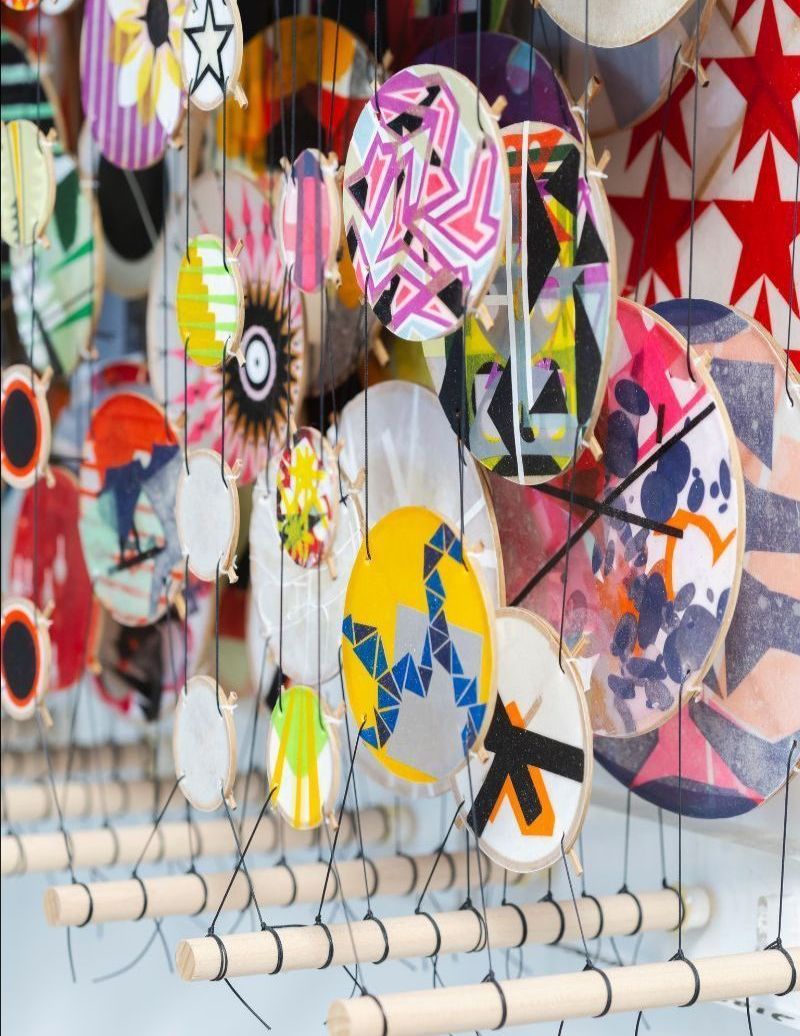
Jacob Hashimoto, Wood, acrylic, bamboo, paper and dacron
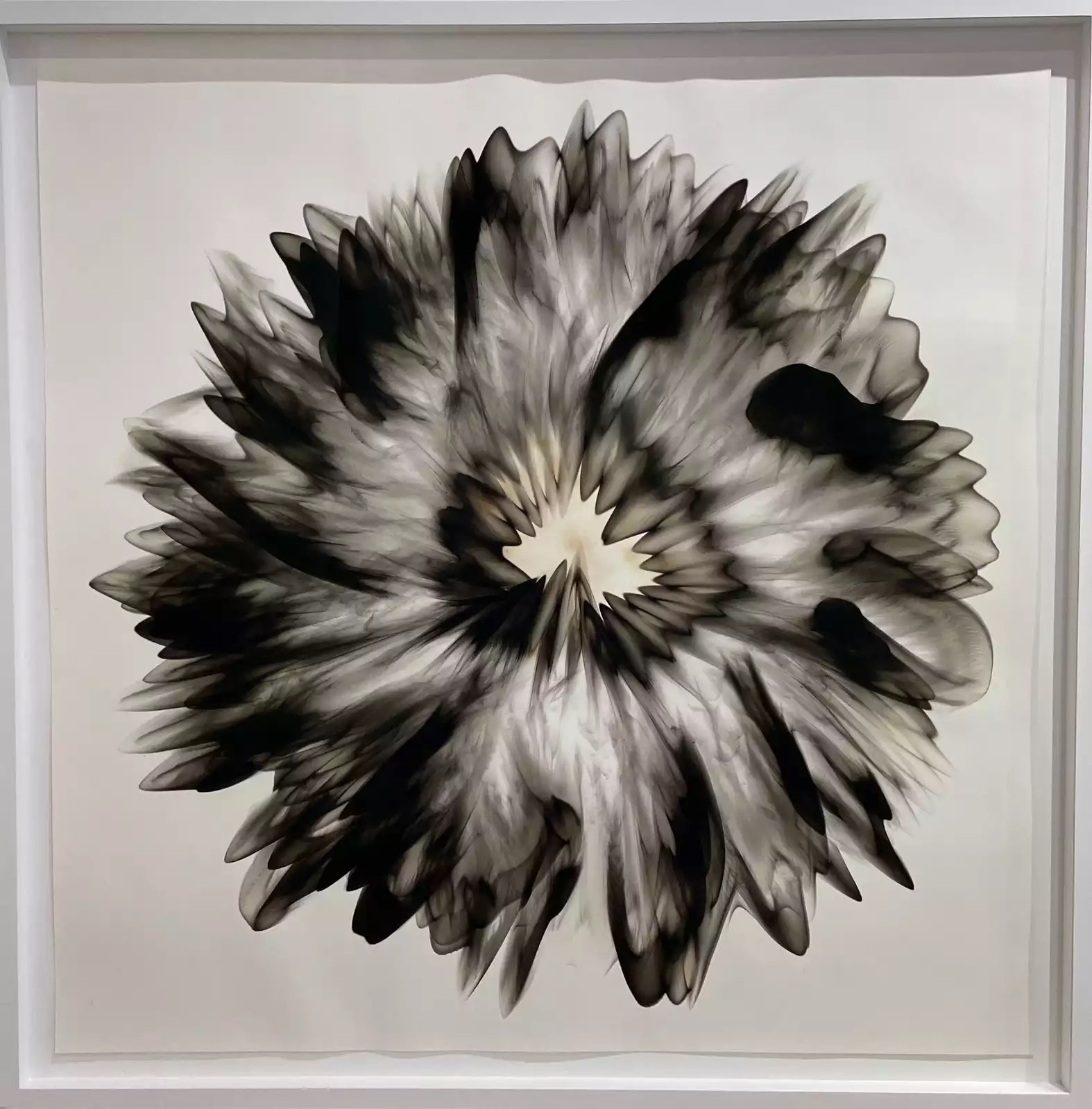
Dennis Lee Mitchell, Smoke on paper
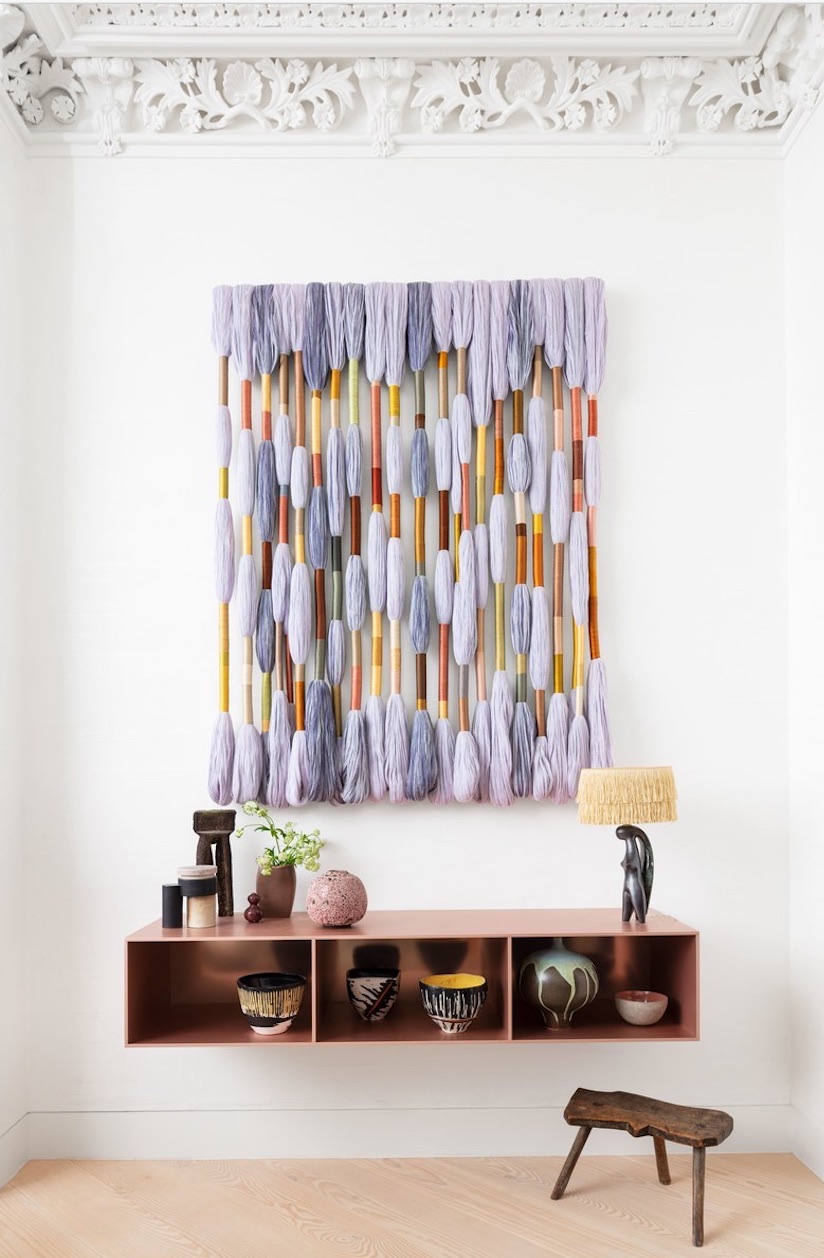
Sheila Hicks, Linen, silk, cotton, wool
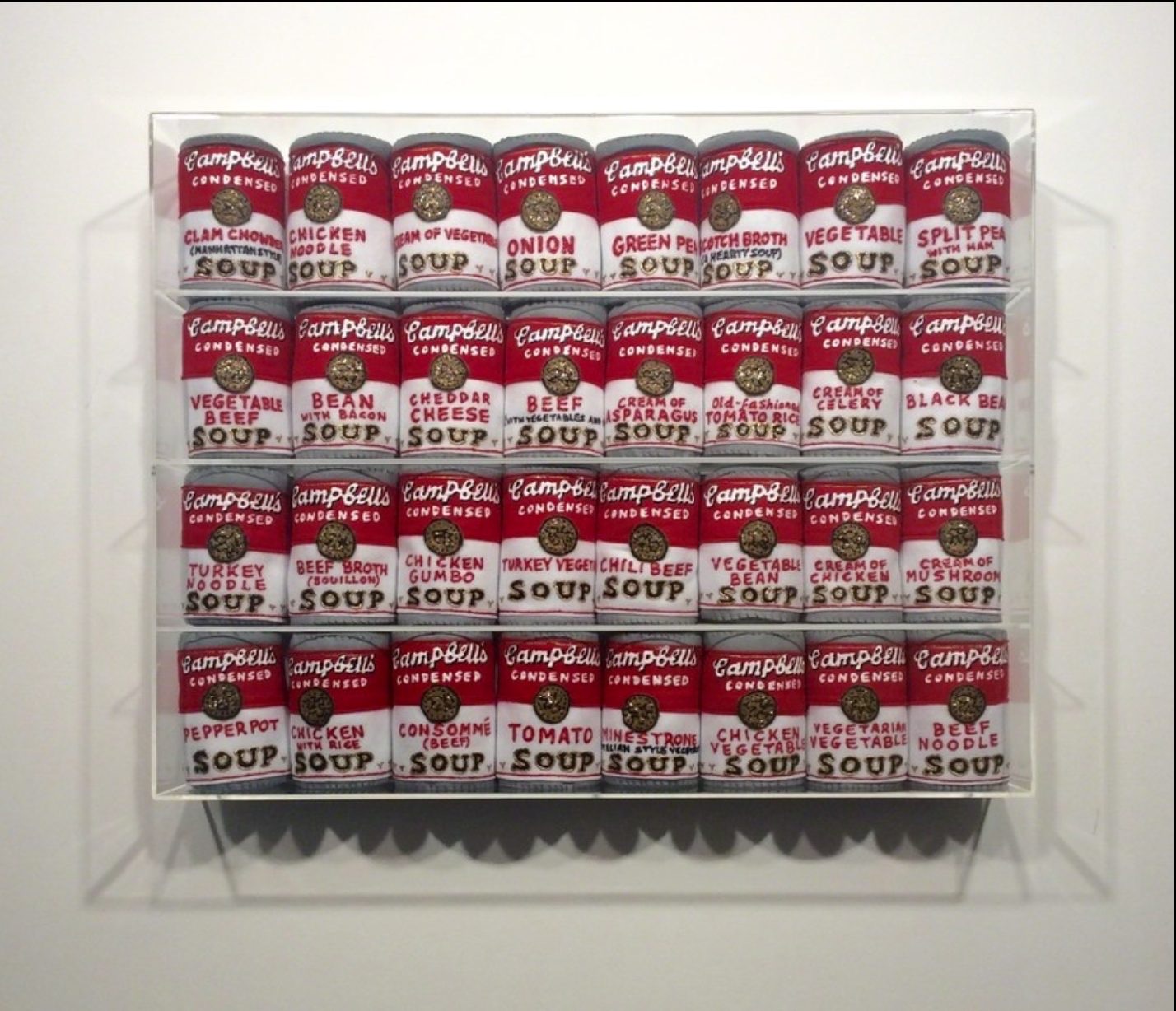
Lucy Sparrow, Felt, acrylic and thread

Tara Donovan, Gatorboard, paint, and nickel-plated steel pins, and Jean-Michel Othoniel, Mirrored glass and stainless steel. Photo by William Waldron.
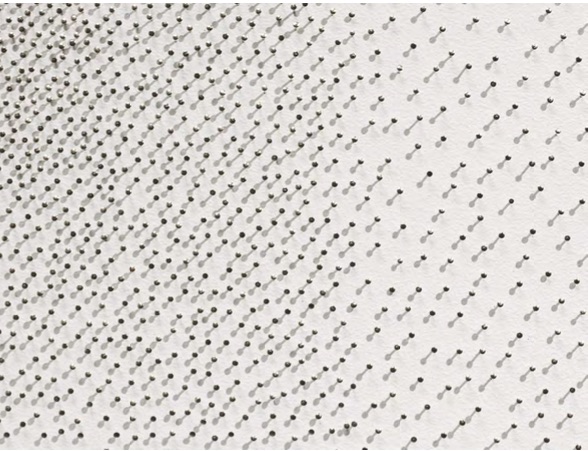
Tara Donovan, Gatorboard, paint and nickel-plated steel pins (detail)
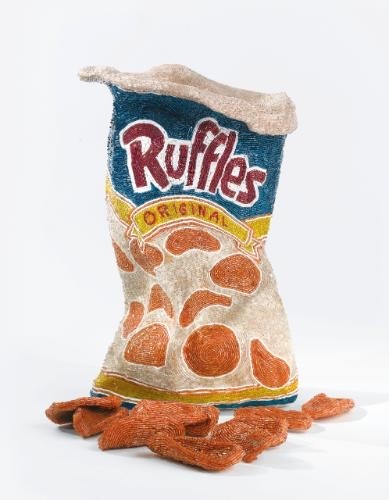
Liza Lou, Papier-mâché and glass beads
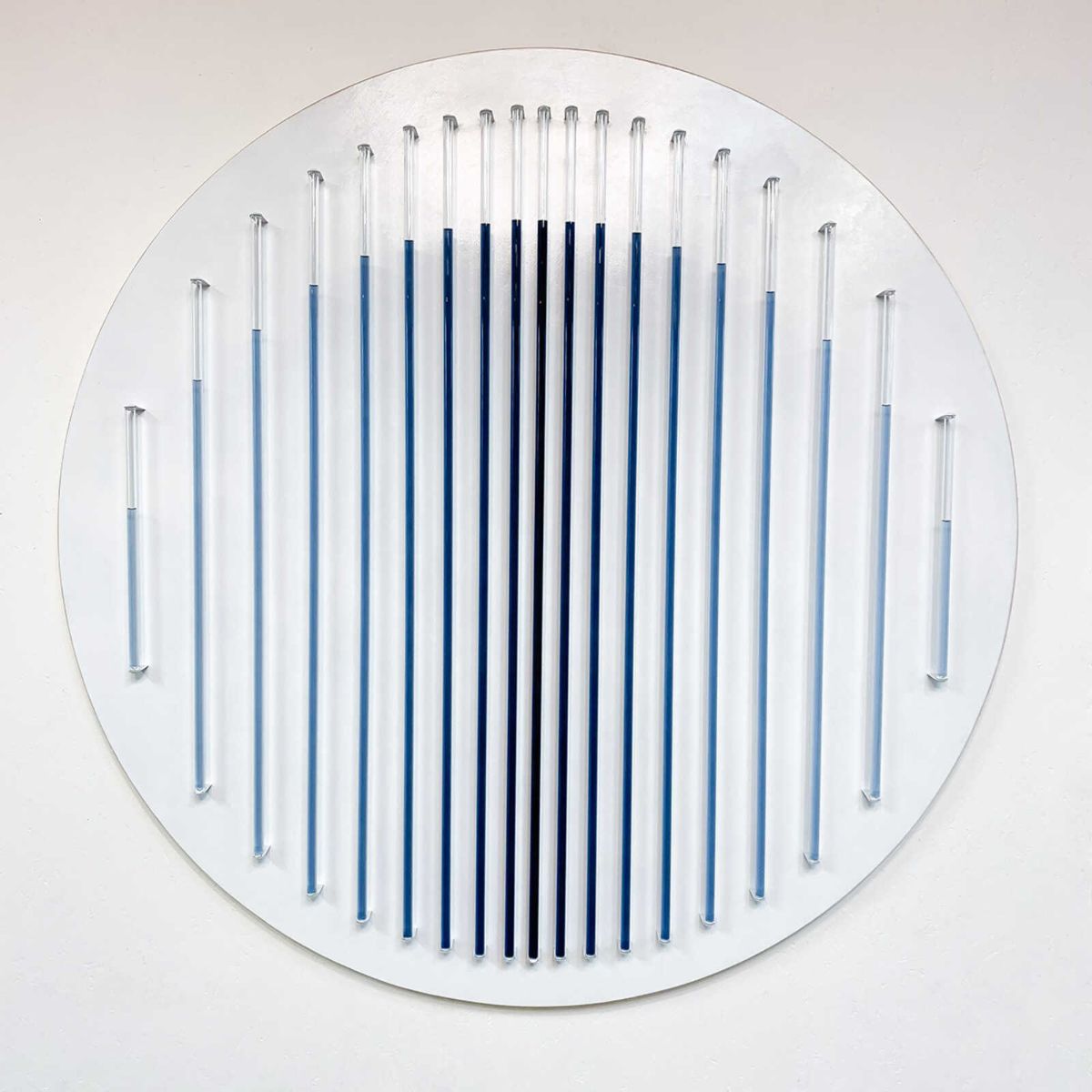
Douglas Scholes, Wood, glass tubes, metal, isopropanol 99%, natural dye
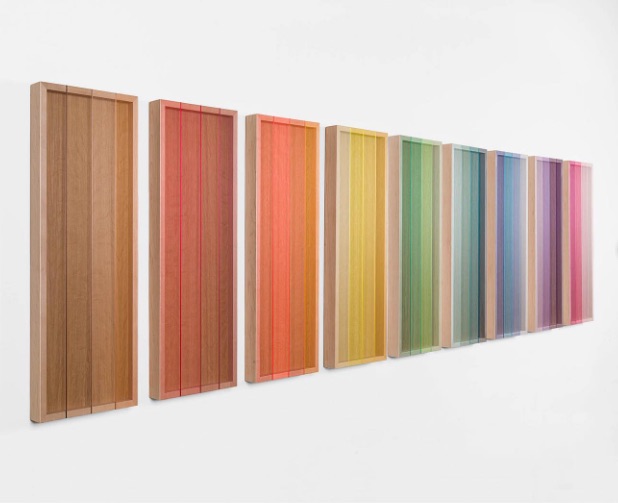
Brian Wills, Single-strand rayon thread and oil on oak
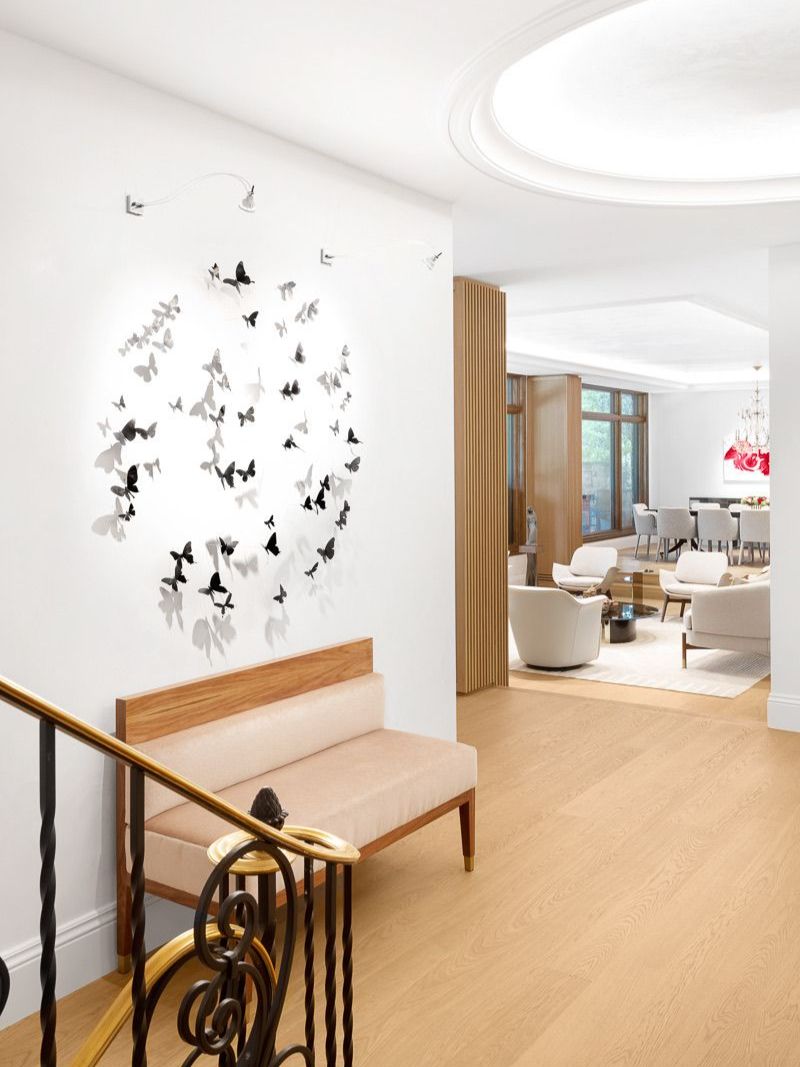
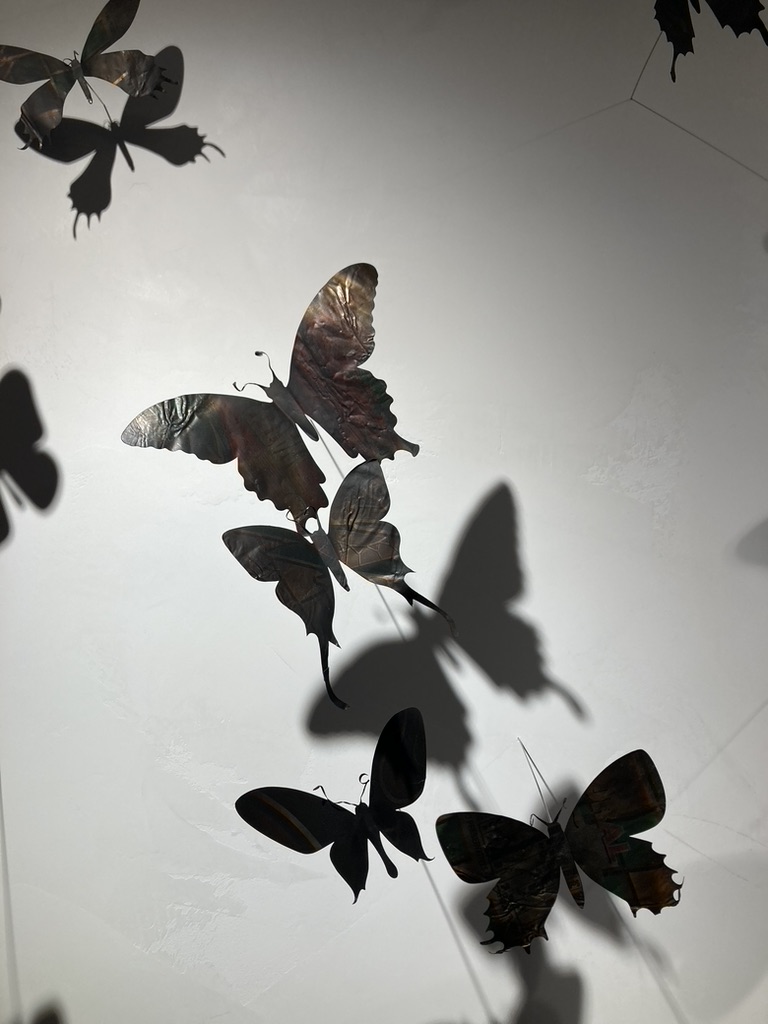
Paul Villinski, Aluminum (found cans), stainless steel wire
Minimalist Art
With its sleek and geometric aesthetic, minimalism is a purified art form of beauty and truth
Truth, purity, and harmony are adjectives that are often associated with Minimalism. The art style, which was pioneered in the 1950s in the United States, stood in stark contrast to the emotionally charged Abstract Expressionist movement. Minimalist artists, including Frank Stella, Ellsworth Kelly, Sol Lewitt, and Donald Judd, sought to focus on space, physicality, geometric shape, and line. Their general aim involved removing any compositional aspects deemed unnecessary or superfluous, to be left only with raw, simple shapes. There is no hidden metaphor, nothing to “get”; each artwork is brutally honest and unapologetic. As Frank Stella put it, “what you see is what you see.”
Related Posts
Re-Invented Contemporary Landscapes
Affordable Art For All
Black and White Art
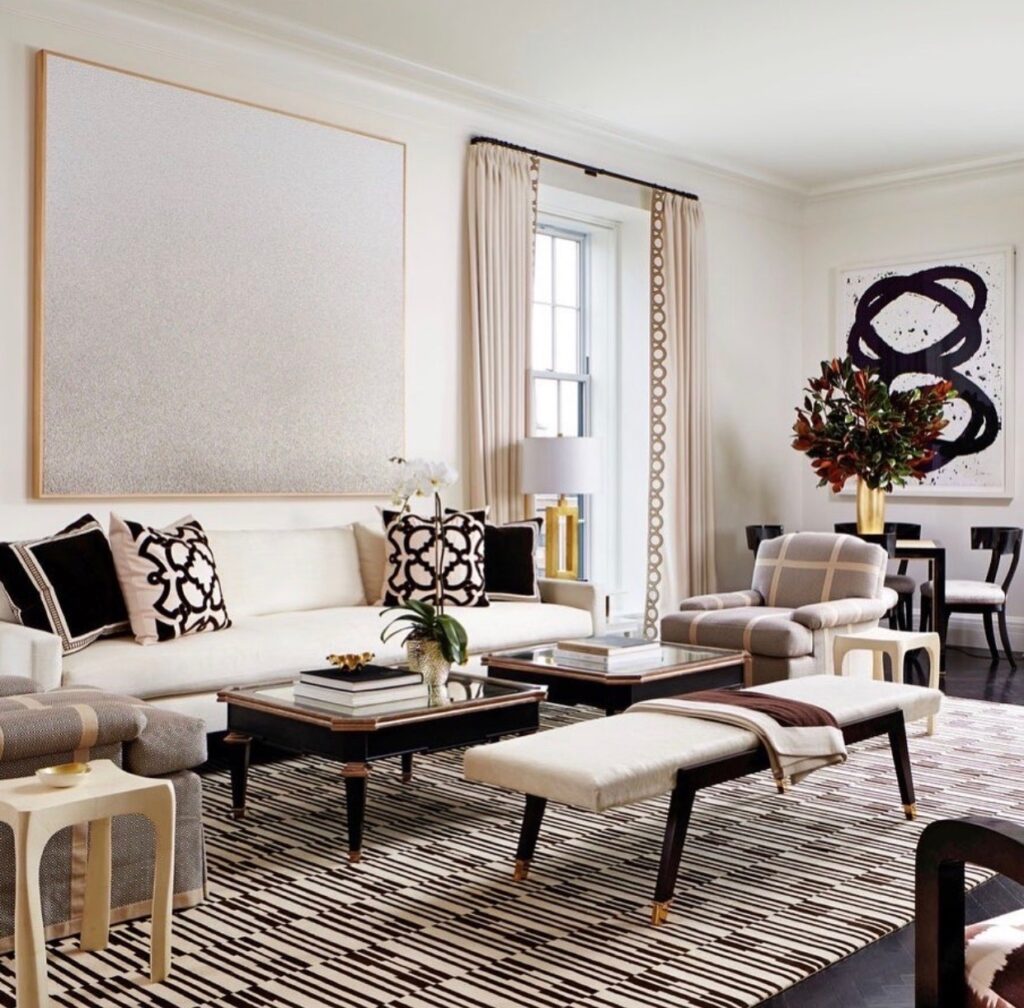 Tara Donovan & Richard Serra
Tara Donovan & Richard Serra
Minimalist art offers both a timeless and sophisticated aesthetic, one that is not prey to art trends. It gives a distinct calmness and maturity to any given space. Minimalism’s elegant simplicity is often misunderstood, but rather than attempt to understand, we should just look. In a world full of confusion, misinterpretation, and doubt, Minimalist art offers us the refreshing ability to perceive something exactly for what it is, no more, no less.
Today, many new artists continue to follow the tradition of Minimalist art, manifesting the style in paintings, photography, art prints, etc. If you are interested in adding any Minimalist art to your space or would like to learn more about the Minimalist artists mentioned, please do not hesitate to get in touch. Additionally, if you are interested in purchasing fine art to start or grow your collection, or in selling fine art, feel free to contact Robin Rosenberg Fine Art.
 Yves Gaucher, Jericho – An Allusion to Barnett Newman, 1978, Color lithograph on wove paper, Edition of 85, 28 x 41 inches
Yves Gaucher, Jericho – An Allusion to Barnett Newman, 1978, Color lithograph on wove paper, Edition of 85, 28 x 41 inches
 Rirkrit Tiravanija, Rudolf Stingel, Anish Kapoor and Donald Judd
Rirkrit Tiravanija, Rudolf Stingel, Anish Kapoor and Donald Judd
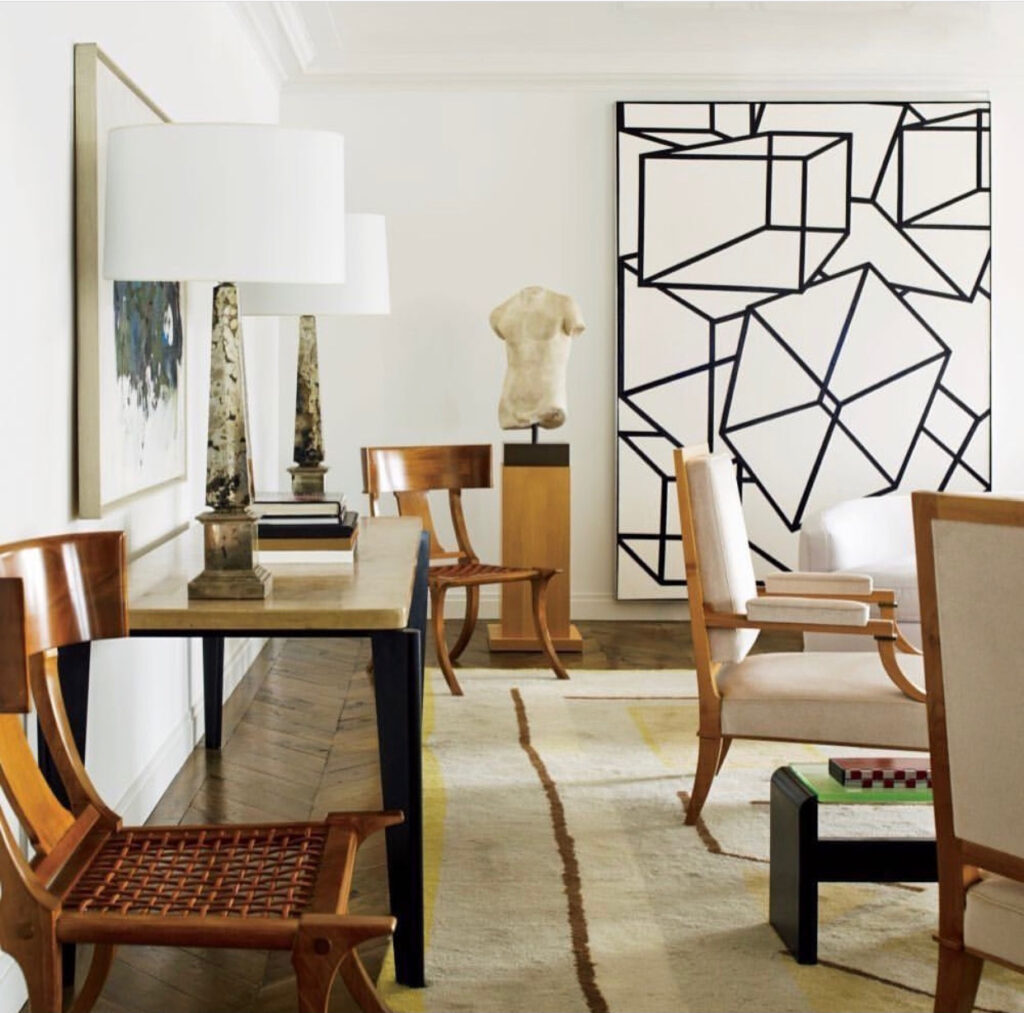 Al Held
Al Held
 Sol LeWitt
Sol LeWitt
 Robert Mangold, Double Square Frame I, 2015, Etching, Edition of 48, 22 1/2 x 36 inches
Robert Mangold, Double Square Frame I, 2015, Etching, Edition of 48, 22 1/2 x 36 inches
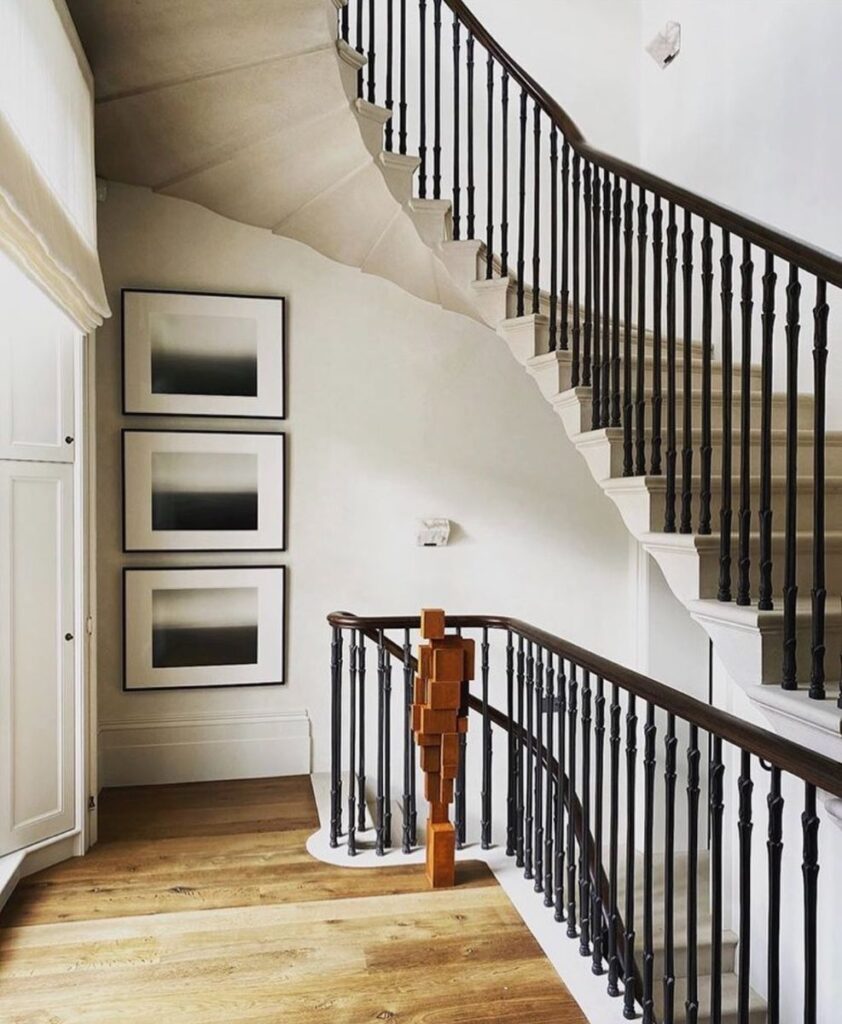 Antony Gormley and Hiroshi Sugimoto
Antony Gormley and Hiroshi Sugimoto
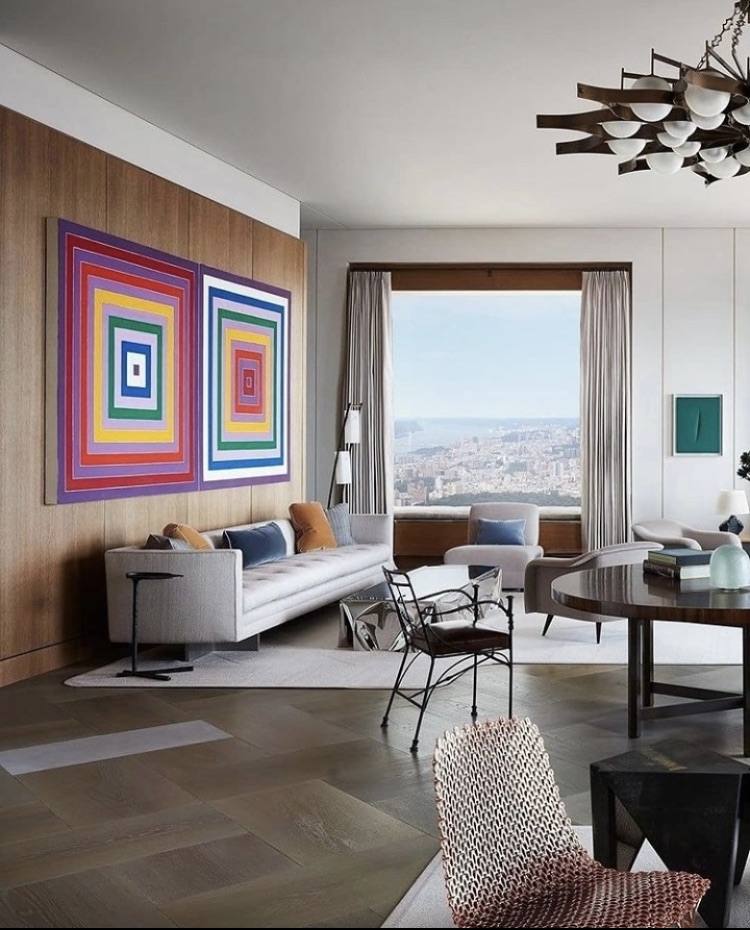 Frank Stella
Frank Stella
Happy Pride Month!
Celebrating the LGBTQ+ Community in the Arts
In June, Canadians and the International community gather for Pride Month where we celebrate the history and diversity of the LGBTQ+ community. We recognize the progress that has been made and acknowledge that there are still many barriers to overcome.
Related Posts
International Women’s Day
National Indigenous Peoples Day
Celebrating Black Artists
The contributions made to the art world by members of the LGBTQ+ community are profound. Despite the adversity and discrimination they were confronted with, several artists from the LGBTQ+ community fearlessly opened up new paths of creativity in the art world.
To celebrate Pride Month, Robin Rosenberg highlights some of the most unforgettable artworks that honour their love, adversity and resilience and artworks that beautifully render the complexity of sexuality and the intersectionality of gender, including Andy Warhol’s portrait of Basquiat; Nan Goldin’s Jimmy Paulette and Taboo! Undressing, NYC; Robert Mapplethorpe’s Self Portrait, and many more.
Featured are just a few of the iconic contributions of the brilliant LGBTQ+ community to the arts. Please contact us if any of these works or artists are of interest, or if you are interested in selling your art or investing in fine art.



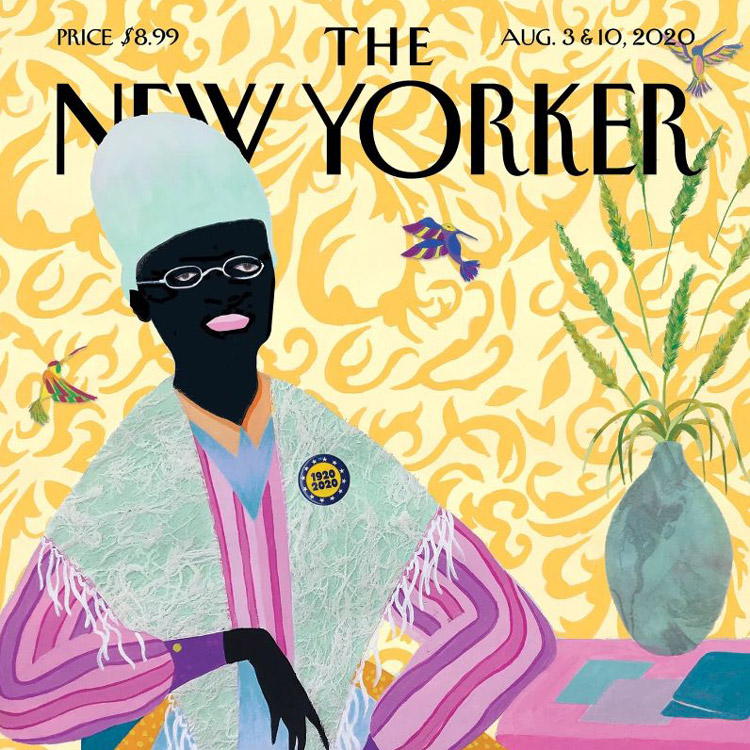
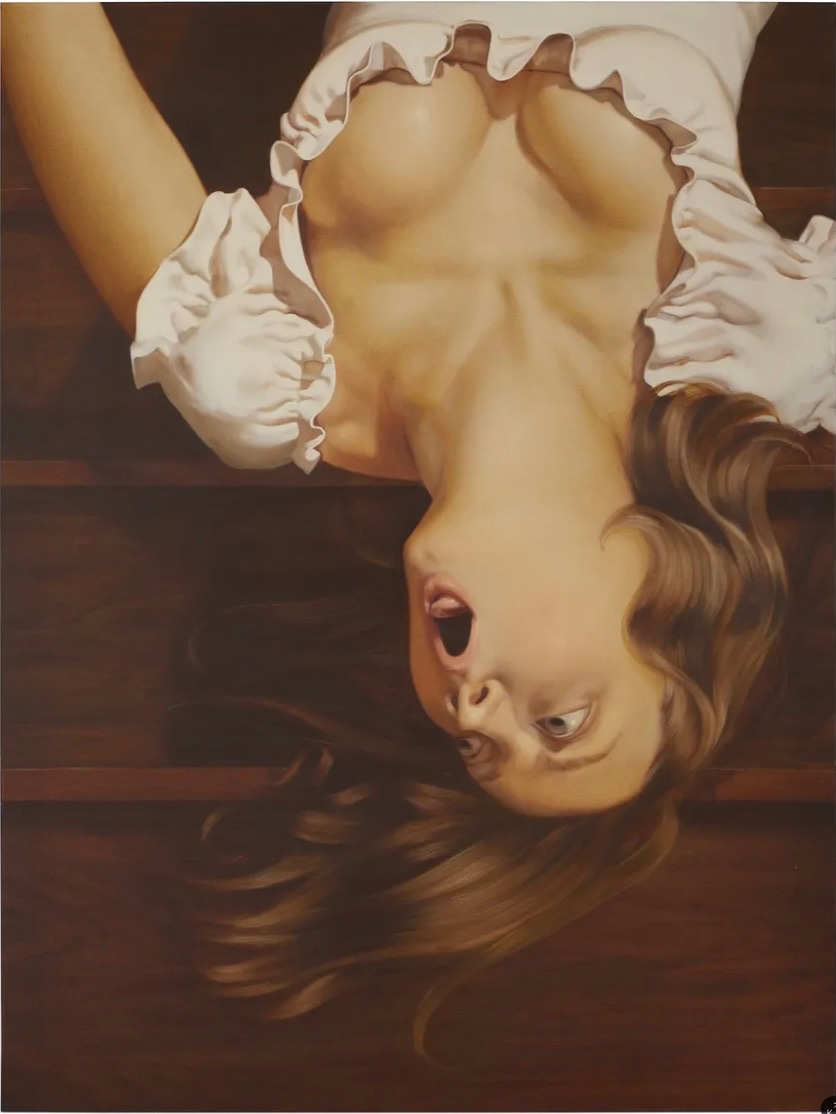
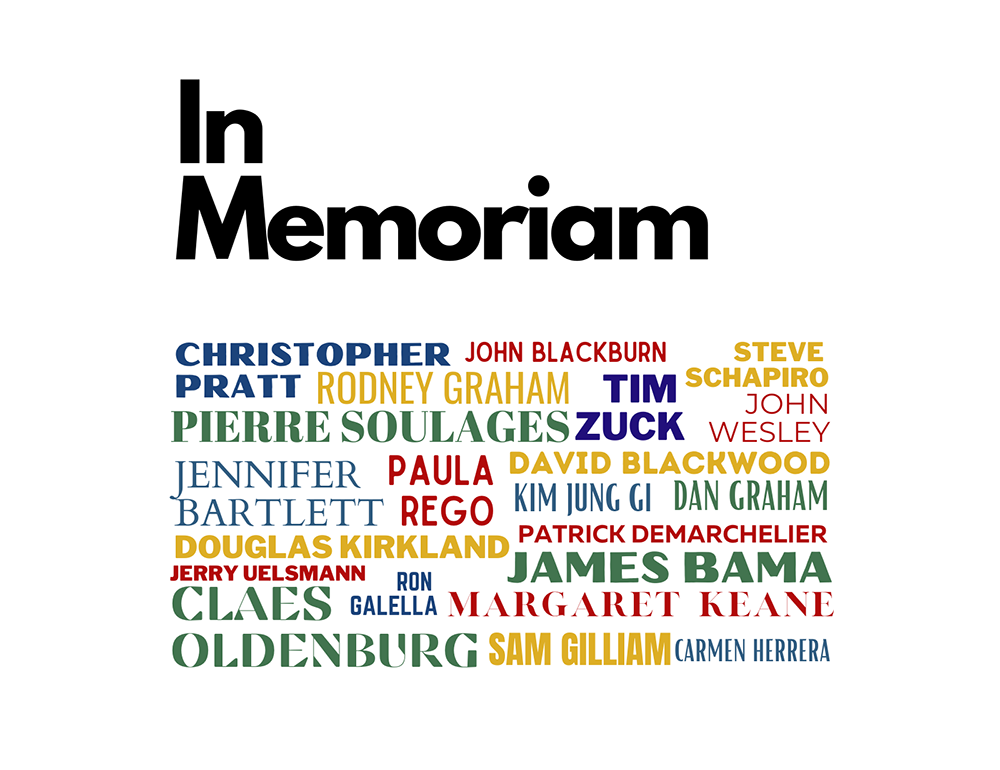
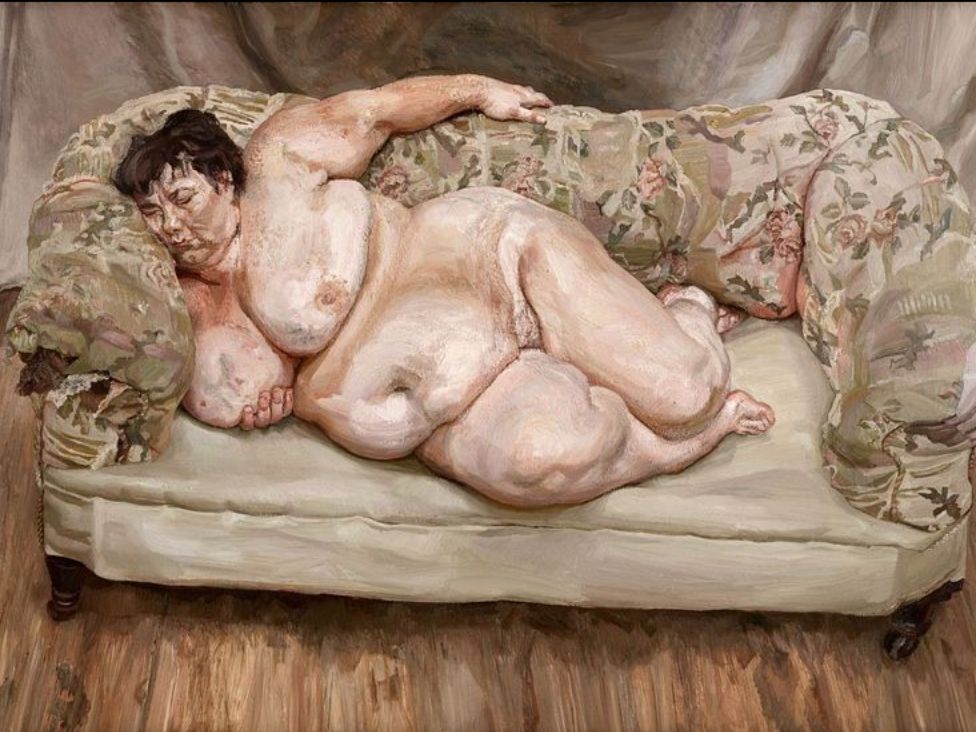
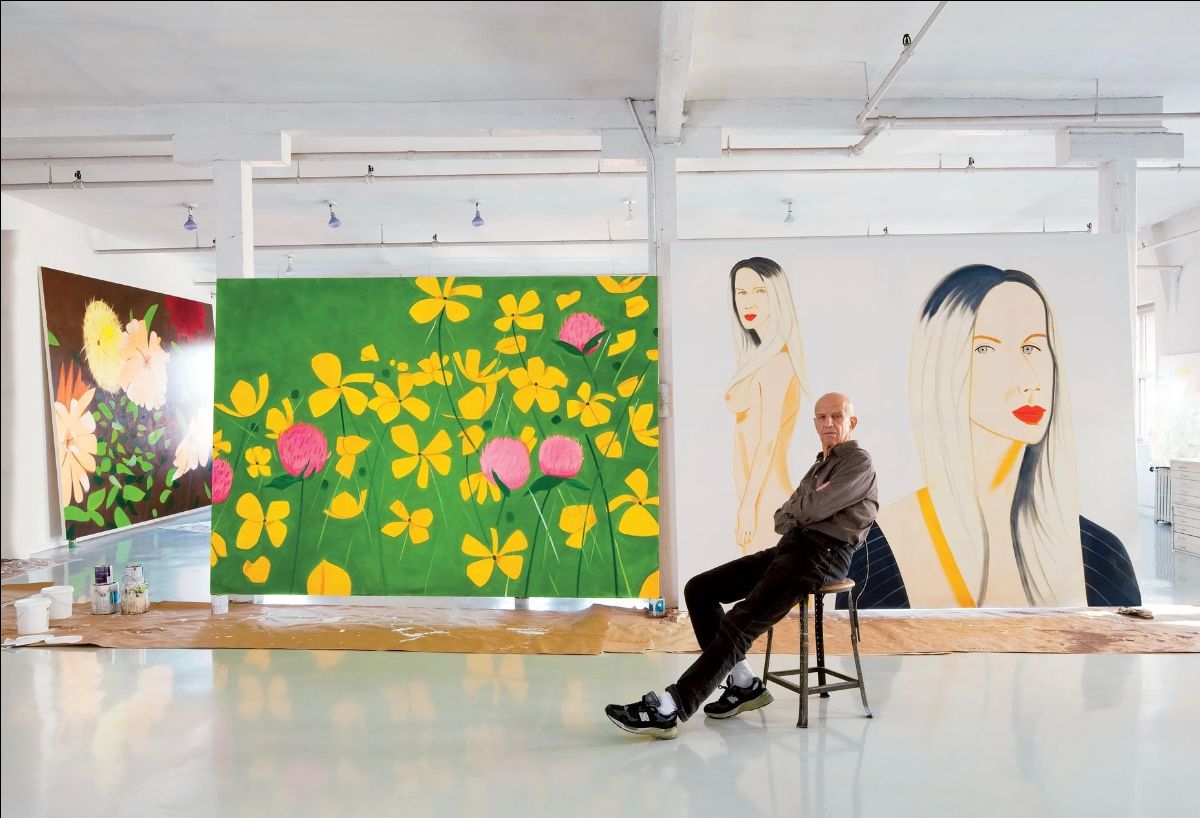
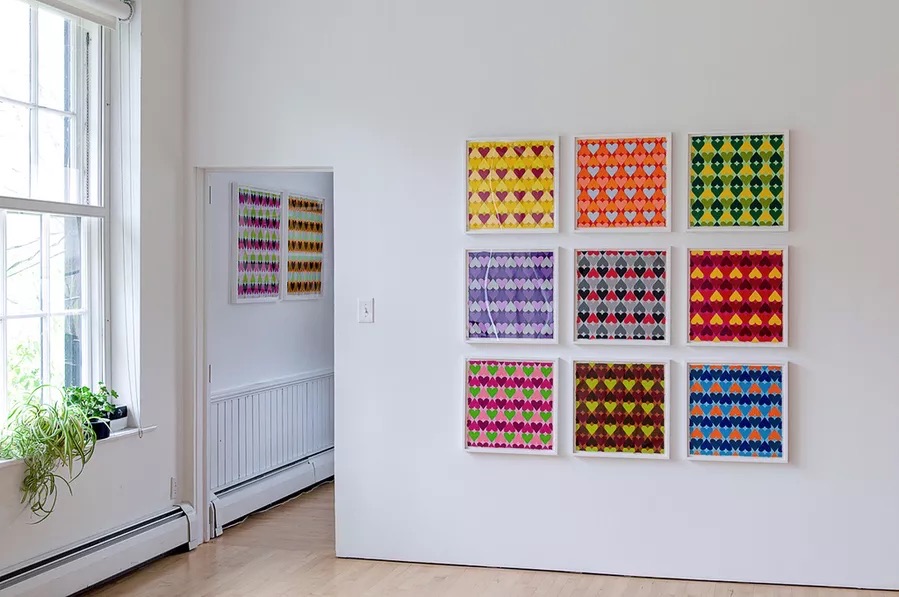
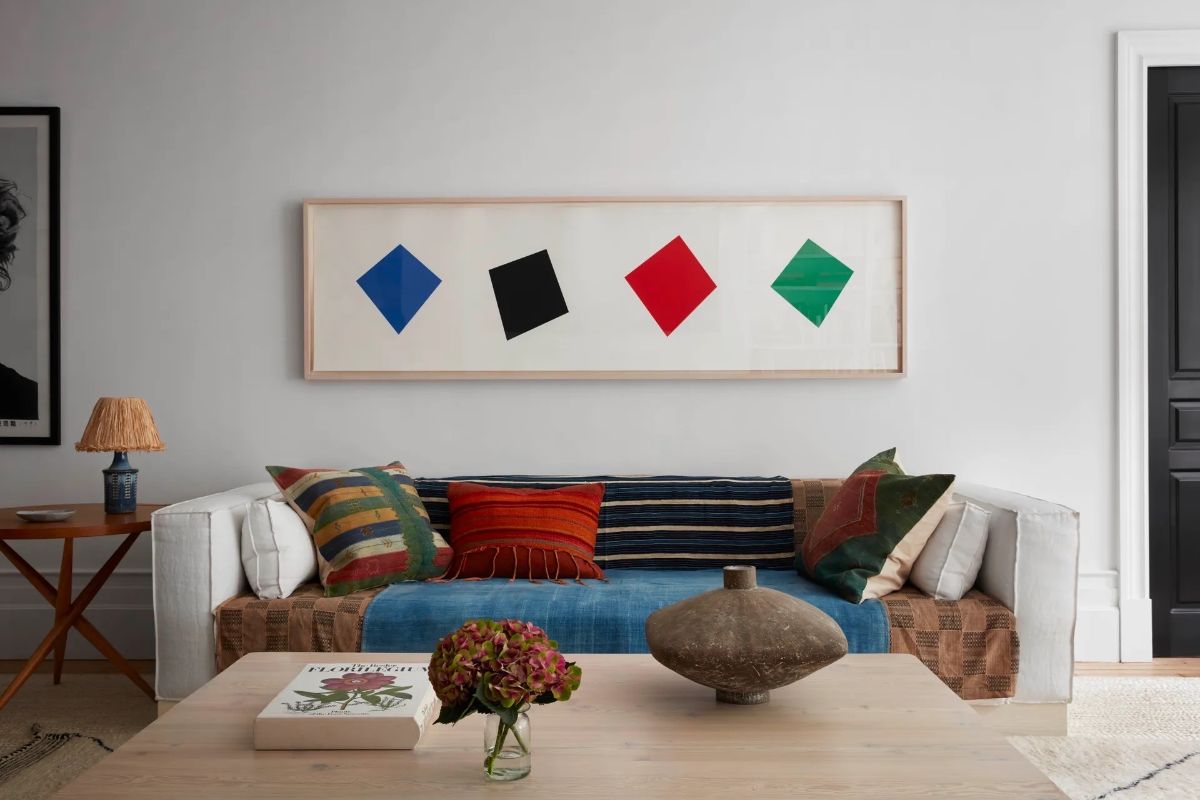
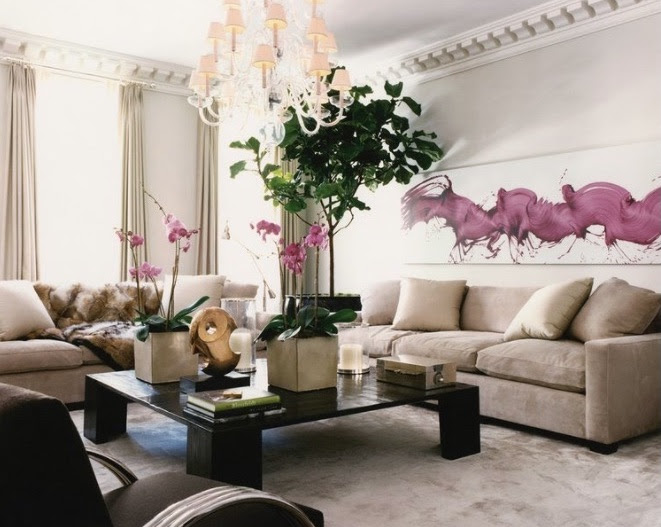
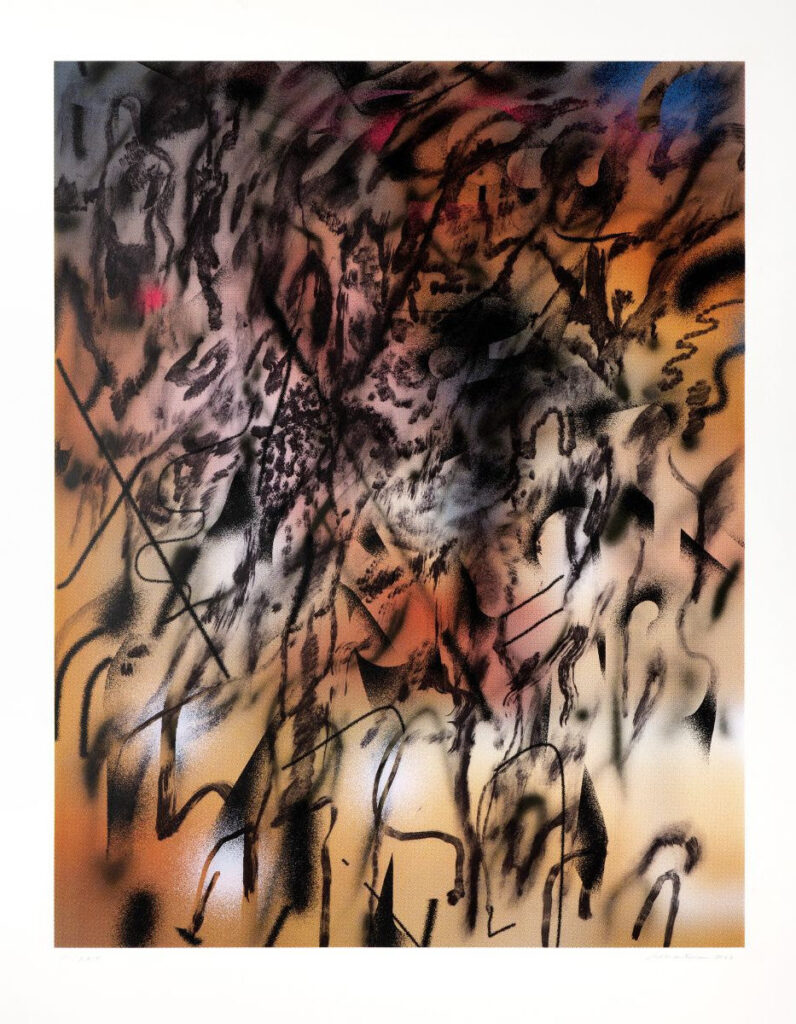 Julie Mehretu, Corner of Lake and Minnehaha, 2022, 17-Run screenprint, Ed. of 45, 47.5 x 37 in
Julie Mehretu, Corner of Lake and Minnehaha, 2022, 17-Run screenprint, Ed. of 45, 47.5 x 37 in Keith Haring painting, Gérard Van Kal Mon sculpture, Andy Warhol portrait of Basquiat
Keith Haring painting, Gérard Van Kal Mon sculpture, Andy Warhol portrait of Basquiat Zanele Muholi, Thatha II, Sheraton Hotel, Brooklyn, 2019, Site-specific photographic mural, Ed. of 2,138 in
Zanele Muholi, Thatha II, Sheraton Hotel, Brooklyn, 2019, Site-specific photographic mural, Ed. of 2,138 in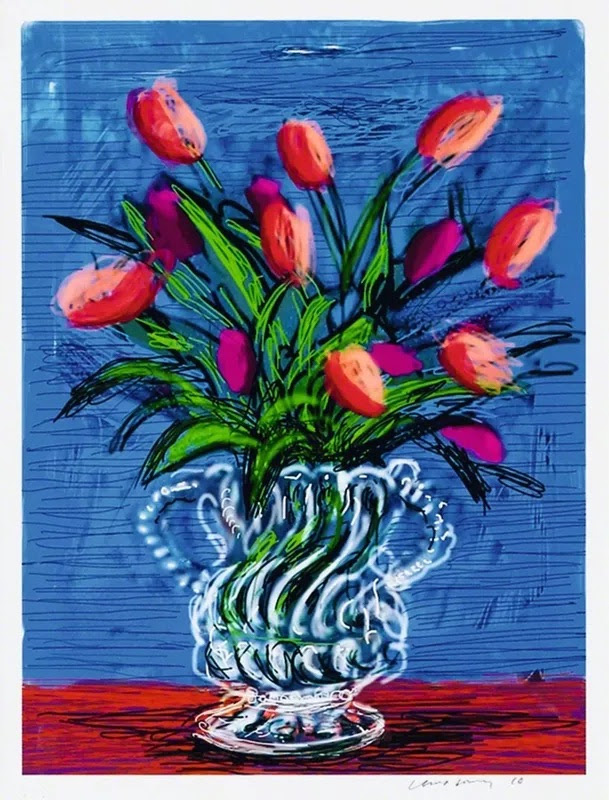 David Hockney, Ipad Drawing Untitled 346, 2010, 8 color inkjet print, Ed. of 250, 22 x 17 in
David Hockney, Ipad Drawing Untitled 346, 2010, 8 color inkjet print, Ed. of 250, 22 x 17 in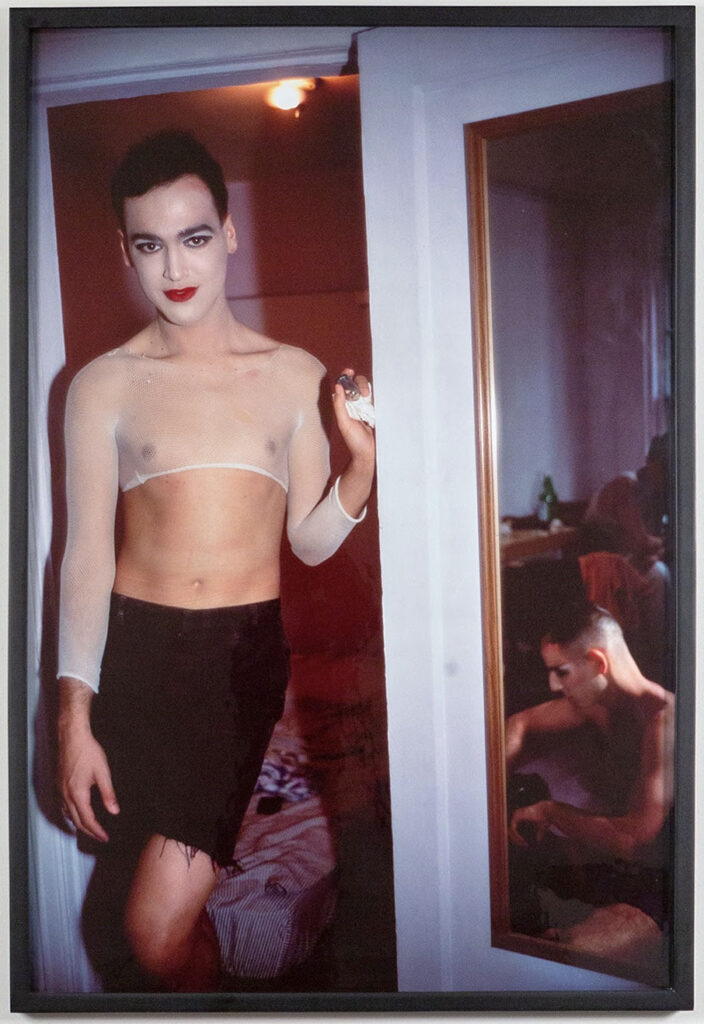 Nan Goldin, Jimmy Paulette and Taboo! Undressing, NYC, 1991, Cibachrome print, Ed. of 25, 39.5 x 26.5 in
Nan Goldin, Jimmy Paulette and Taboo! Undressing, NYC, 1991, Cibachrome print, Ed. of 25, 39.5 x 26.5 in Tamara de Lempicka, Self Portrait (Tamara in a Green Bugatti), ca. 2014, Gouttelette print on paper, Ed. of 100, 28 x 21 in
Tamara de Lempicka, Self Portrait (Tamara in a Green Bugatti), ca. 2014, Gouttelette print on paper, Ed. of 100, 28 x 21 in Glenn Ligon
Glenn Ligon Catherine Opie, Rainbow Falls #2, 2015, Pigment print, Ed. of 5, 45 x 30 in
Catherine Opie, Rainbow Falls #2, 2015, Pigment print, Ed. of 5, 45 x 30 in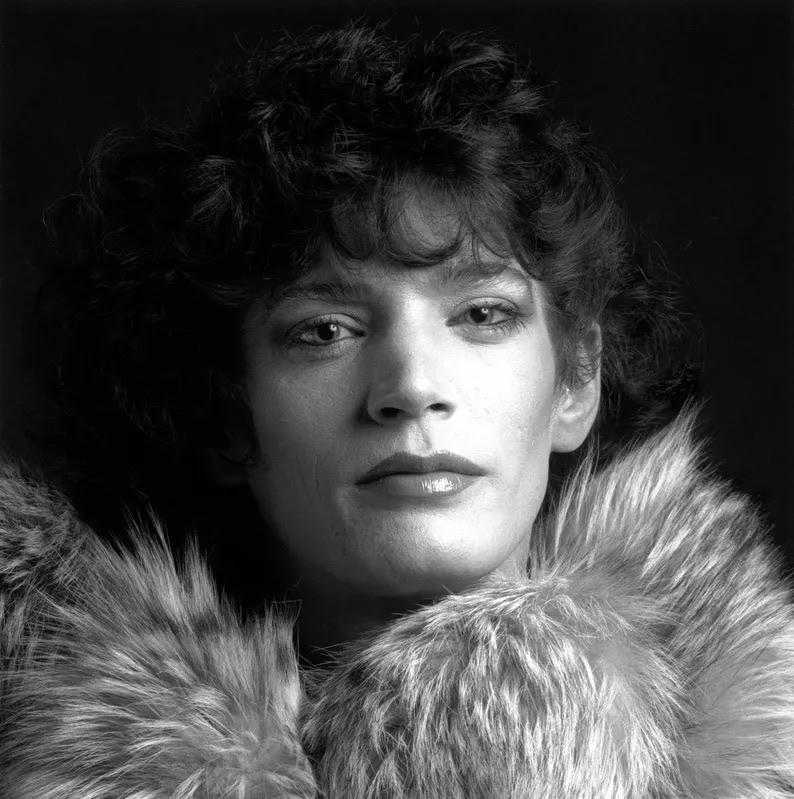 Robert Mapplethorpe, Self Portrait, 1980
Robert Mapplethorpe, Self Portrait, 1980